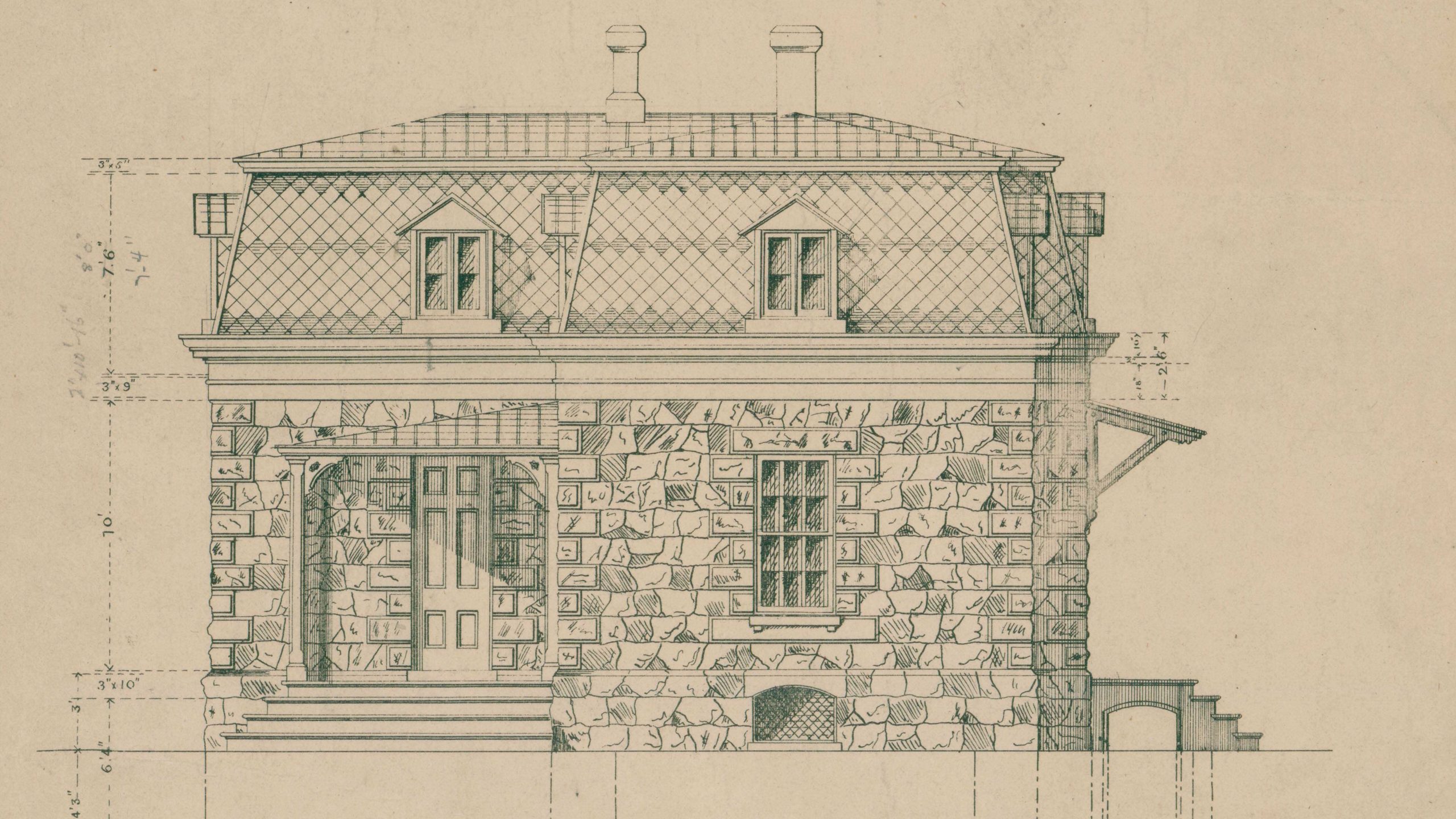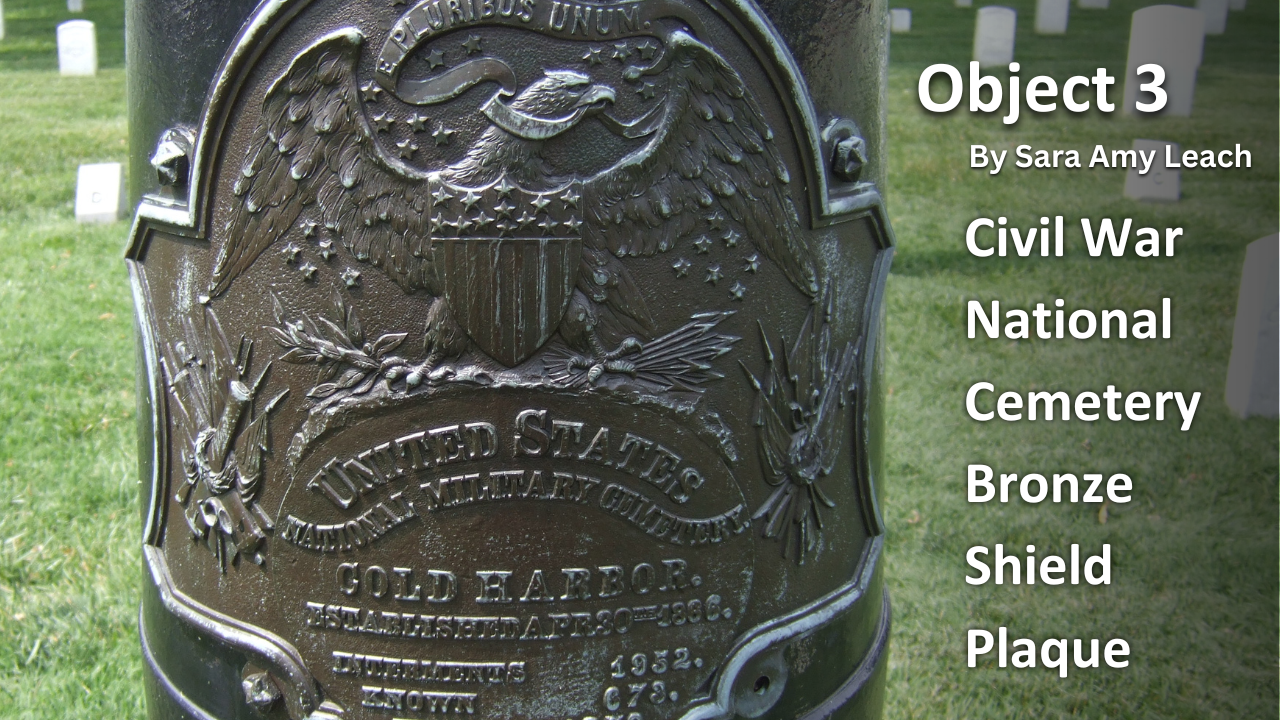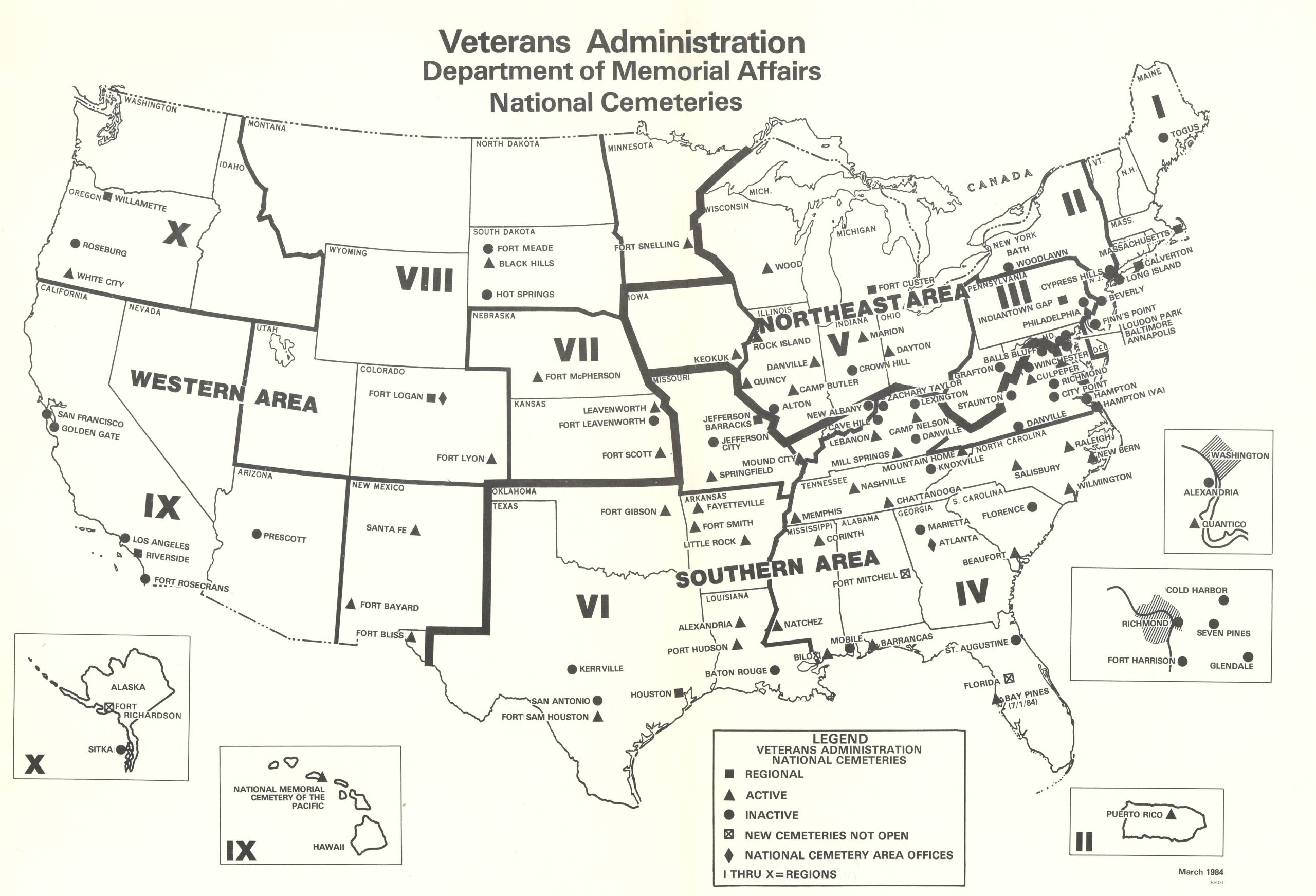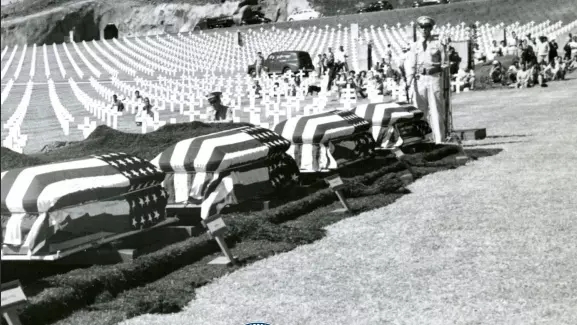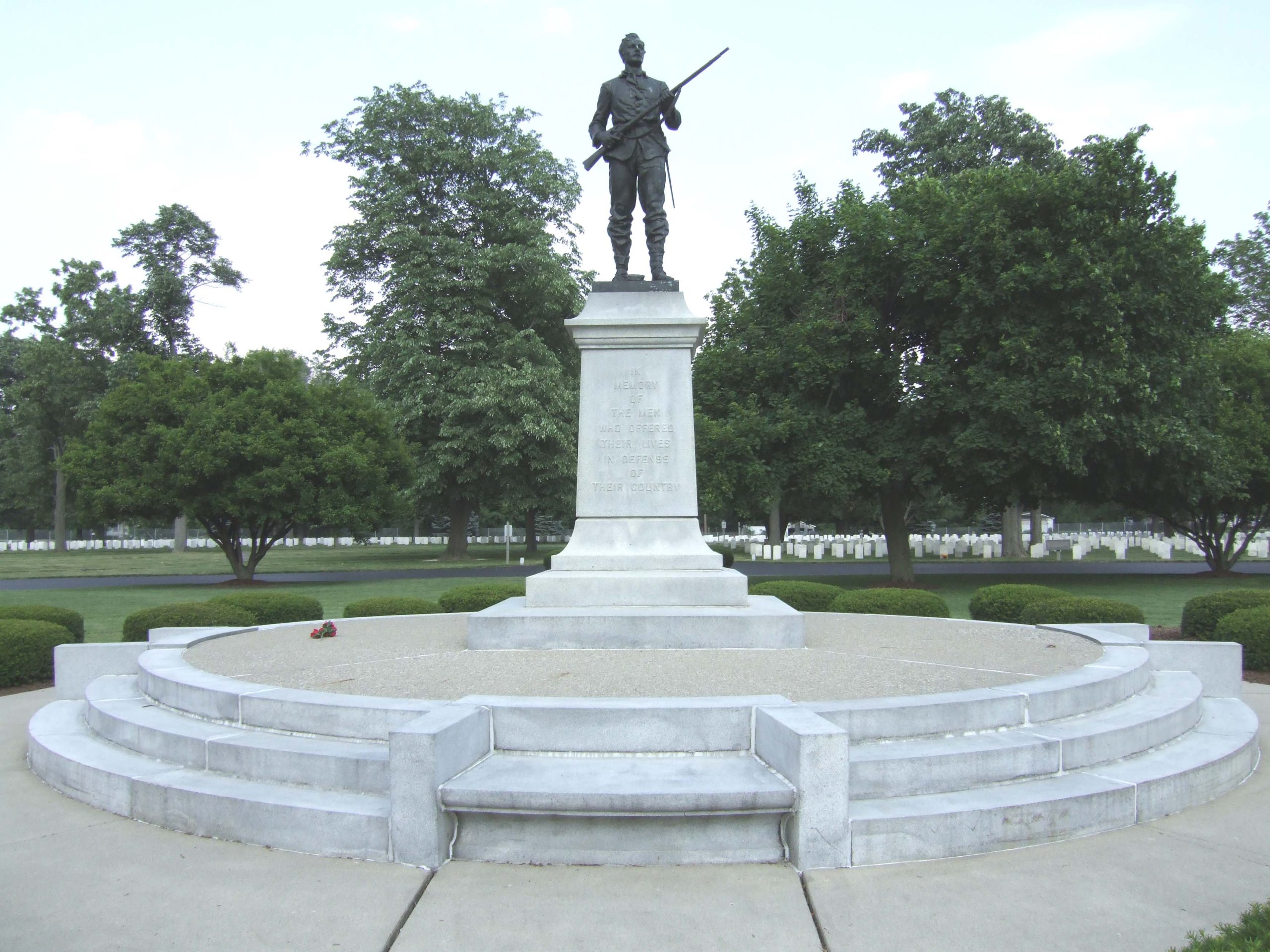History of VA in 100 Objects
Just after Christmas in 1864, African American soldiers recuperating at the United States Colored Troops (USCT) L ‘Overture General Hospital in Alexandria, Virginia, submitted a petition for the right to burial alongside their White counterparts in the city’s Soldiers' Cemetery, one of the first national cemeteries established by the U.S. government during the Civil War.
History of VA in 100 Objects
More than 4.7 million Americans served in the U.S. armed forces in World War I and almost all became eligible after the war for burial in a national cemetery or to receive a government headstone in a private cemetery.
History of VA in 100 Objects
In early 1880, a journalist visited the monumental National Cemetery Gateway Arch at Chattanooga National Cemetery in Tennessee as it was nearing completion. He came away impressed.
History of VA in 100 Objects
National cemeteries originated out of necessity during the American Civil War. In the summer of 1862, as casualties mounted at an alarming rate, Congress empowered President Abraham Lincoln to purchase and enclose burial plots as national cemeteries to inter the growing number of Union dead. Army Brigadier General Montgomery C. Meigs developed the Meigs Plan to accomplish this.
History of VA in 100 Objects
Nine individuals in U.S. history have obtained the five-star general officer rank, all but one directly on account of their World War II service. Only one of this select group, Fleet Admiral Chester W. Nimitz, is interred in a VA national cemetery.
History of VA in 100 Objects
National cemeteries played a role in the repatriation process for servicemembers who died outside of the United States during the two world wars.
History of VA in 100 Objects
The first permanent informational plaques placed in national cemeteries after the Civil War were affixed to upright cannons to brand these sites as a shrine to Union dead. These bronze shield plaques were installed after a 1872 report and served as early monuments to Union dead from the Civil War at national cemeteries.
History of VA in 100 Objects
On July 13, 1895, renowned suffragist and social activist Susan B. Anthony visited Fort Scott National Cemetery, Kansas. Sitting on a table within the cemetery superintendent's lodge was a leather-bound visitor register, which she signed.
Featured Stories
On September 1, 1973, the Veterans Administration (VA) became the steward of 103 national cemeteries, 22 soldiers’ and government lots in private cemeteries, 7 Confederate cemeteries, and 3 monument sites with the absorption of the National Cemetery System. It also took responsibility for the procurement of government headstones and markers for eligible veterans. VA was now in the cemetery service.
Exhibits
VA History Exhibit - When the U.S. had to increase enlistments to handle the burden of manpower demands for the battlefield, a draft was legislated in 1863. A provision was written in that gave a drafted person the choice to pay someone who was willing to serve in their place. This was called substitution.
Featured Stories
This National Cemetery Administration (NCA) publication is the first in a series on topics related to World War II. For the VA History Office's first Memorial Day features post, take time to learn NCA's efforts to memorialize the men and women who served in that epic conflict and who now rest in cemeteries managed by VA.
Featured Stories
Since Memorial Day was instituted in 1868 (initially as Decoration Day), this event at the end of May became an opportunity to dedicate new monuments in national cemeteries. National Cemetery Administration Senior Historian Sara Amy Leach details some of the approximately 100 monuments dedicated on this holiday.





